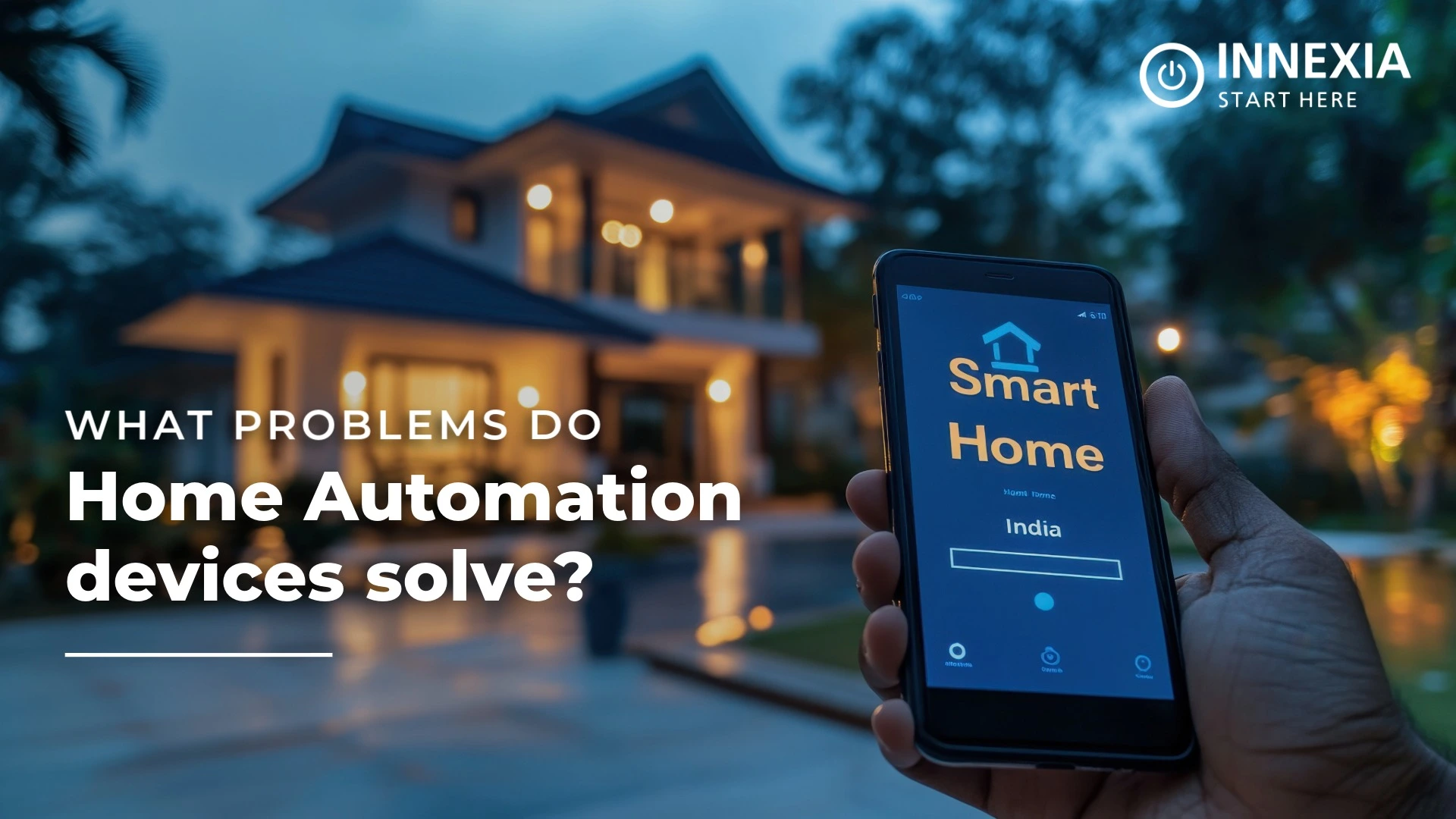Home automation has quietly evolved from gadgetry to necessity, addressing fundamental inefficiencies in our daily lives. These intelligent systems solve problems we’ve tolerated for generations – energy waste from forgotten lights, security vulnerabilities in empty homes, and the frustration of managing household systems manually.
As we examine home automation’s problem-solving capabilities, we’ll explore how these systems address pain points you may not have considered – from reducing decision fatigue to creating safer environments for vulnerable family members.
The Architectural Foundations of Modern Home Automation Systems
Home automation systems reveal their true capabilities through their underlying architecture – a critical yet often overlooked aspect that determines reliability, scalability, and daily functionality.
These systems diverge into distinct configurations, each with unique operational philosophies:
1. Connectivity Paradigms
- Wireless Ecosystems: Leveraging mesh networks and proprietary protocols (Z-Wave, Zigbee, Thread) to create flexible, retrofit-friendly installations that self-optimize signal paths around household obstructions
- Wired Backbones: Utilizing Power over Ethernet (PoE) and dedicated low-voltage cabling for mission-critical systems where latency and security are non-negotiable
2. Control Architectures
- Centralized Command: A neural hub model where all decision-making converges in a single industrial-grade processor, ideal for complex whole-home synchronization
- Distributed Intelligence: Edge computing nodes that localize processing to reduce single points of failure, enabling graceful degradation during outages
- Hybrid Topologies: Strategic blending of both approaches – wireless sensors feeding wired actuators, or local decision-making with cloud backup.
The choice between these architectures isn’t merely technical – it reflects how a home “thinks.” Centralized systems offer unified control at the cost of flexibility, while distributed networks prioritize resilience through redundancy.
Wireless solutions enable easy expansion but demand careful frequency management, whereas wired installations provide set-and-forget reliability at the expense of renovation complexity.
Modern implementations increasingly adopt layered architectures – using wired backbones for core systems while extending functionality through wireless peripherals.
This balanced approach combines the robustness of structured cabling with the adaptability demanded by evolving smart home standards.
The Hidden Complexities of Smart Home Ecosystems: Systemic Challenges and Strategic Solutions
Network Architecture Limitations
WiFi’s consumer-grade foundations struggle with the density and reliability demands of modern smart homes, where 50+ devices may compete for bandwidth. Physical obstructions and interference patterns create unpredictable dead zones that disrupt mission-critical systems like security and climate control.
Architectural Solutions:
- Deploy enterprise-grade mesh networks with dedicated IoT subnets
- Implement wired backbones for high-priority systems (security, HVAC)
- Utilize channel optimization algorithms to prevent 2.4GHz spectrum congestion
Cognitive Load of System Management
The promise of simplicity often gives way to complex management overhead – disparate apps, inconsistent UIs, and hidden configuration layers create steep learning curves that frustrate non-technical users.
Human-Centric Design Principles:
- Unified control interfaces with progressive disclosure of advanced features
- Context-aware automation that reduces required user interventions
- Physical override options for digital failures
Protocol Fragmentation & Interoperability Gaps
The smart home industry’s lack of unified standards creates a labyrinth of incompatible protocols (Zigbee, Z-Wave, Matter, etc.), forcing homeowners into vendor-locked ecosystems. This fragmentation stems from competing corporate interests and differing technical requirements for bandwidth, power consumption, and latency.
Strategic Approach:
- Adopt middleware hubs with multi-protocol support as architectural keystones
- Prioritize devices certified under emerging universal standards like Matter
- Implement layered integration – using IP-based devices for core functions and proprietary solutions for edge cases
Automation Reliability Challenges
Cloud-dependent automation introduces multiple failure points, where latency, service outages, or API changes can disrupt carefully configured routines. Local processing limitations create brittle systems that fail catastrophically rather than degrade gracefully.
Resilience Strategies:
- Edge computing nodes for critical automation paths
- Redundant trigger mechanisms combining multiple sensor inputs
- Failure mode testing during system design
Voice Interface Limitations
Natural language processing struggles with environmental acoustics, linguistic diversity, and the “invisible rules” problem – where users don’t know what commands a system understands.
Multimodal Interaction Models:
- Complementary control surfaces (touch, gesture, physical interfaces)
- User-customizable command vocabularies
- Environmental adaptation algorithms that adjust to ambient noise profiles
Power Management Paradox
The convenience of wireless devices introduces persistent power dilemmas – battery-dependent sensors require frequent maintenance, while always-on devices accumulate phantom loads that contradict energy efficiency goals.
Energy Optimization Framework:
- Hybrid power architectures combining PoE for fixed devices with energy-harvesting sensors
- Adaptive duty cycling that adjusts device polling rates based on usage patterns
- Circuit-level monitoring to identify and eliminate vampire loads
Security Paradox
The convenience-accessibility tradeoff creates systemic vulnerabilities, where user-friendly designs often compromise encryption strength, while robust security implementations create usability barriers.
Holistic Protection Framework:
- Network micro-segmentation isolating high-risk devices
- Behavioral anomaly detection at the hub level
- Tamper-evident physical design for perimeter devices
Conclusion
As a leading home automation company in Ahmedabad, we bridge the gap between cutting-edge innovation and practical livability. Our solutions address the hidden pain points of modern living—not with off-the-shelf products, but through carefully engineered systems that consider:
- How your home manages energy flows at the circuit level
- The silent negotiation between security and accessibility
- The unspoken rhythms of daily household operations
For homeowners who view technology as an enabler rather than a distraction, Innexia delivers Ahmedabad’s most thoughtfully architected home automation solutions—where every sensor placement, network node, and control interface serves a deliberate purpose in creating homes that truly work with you.




